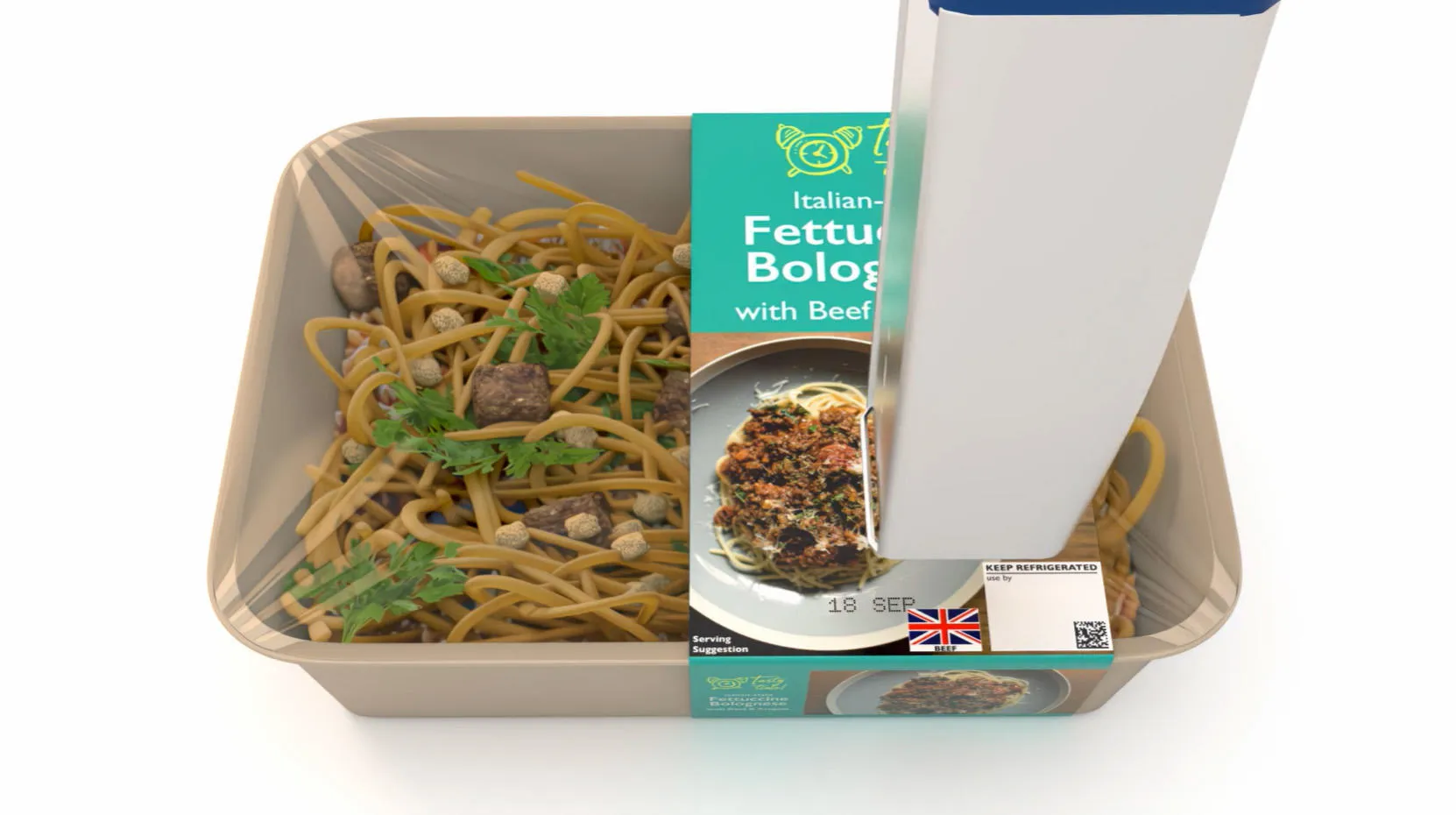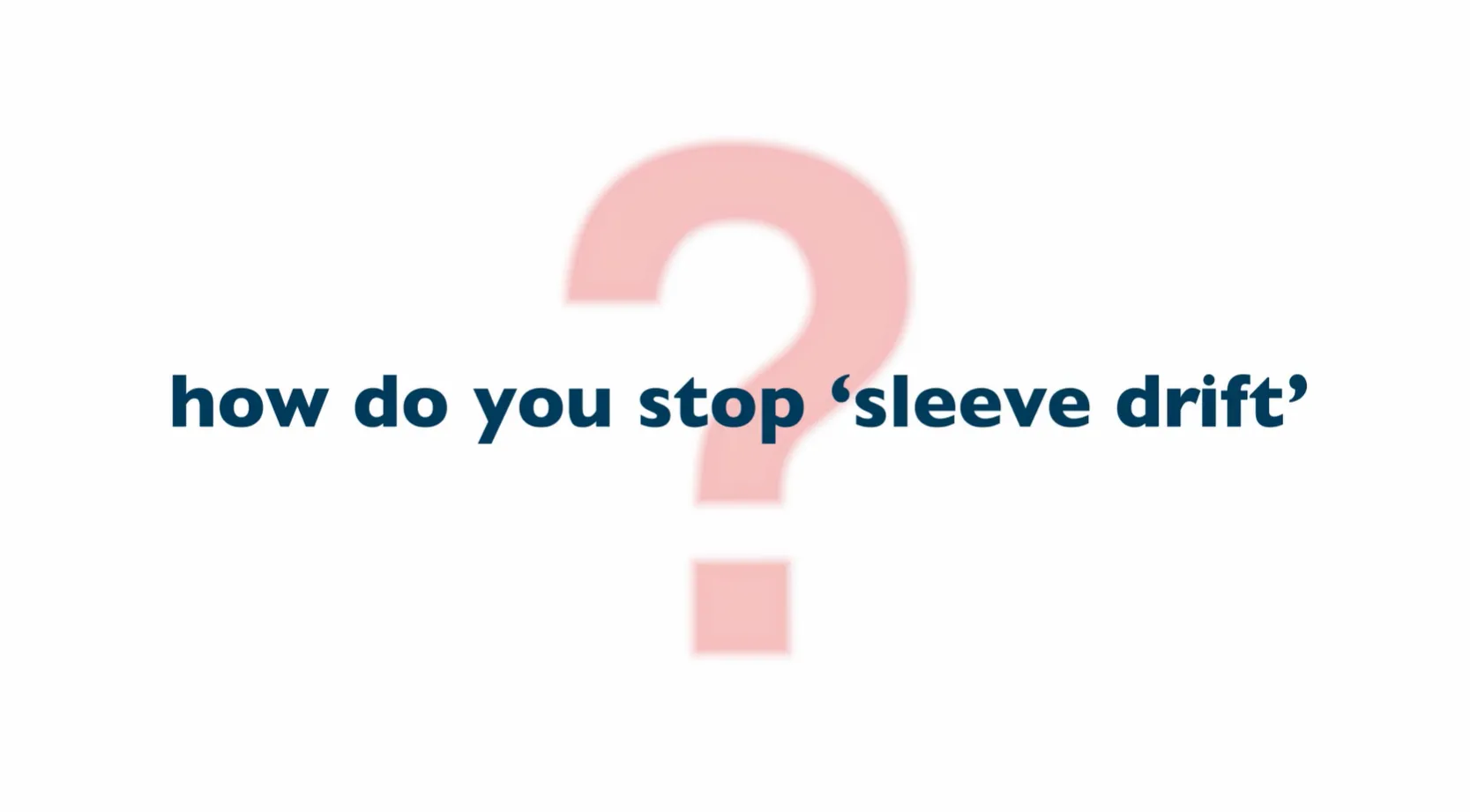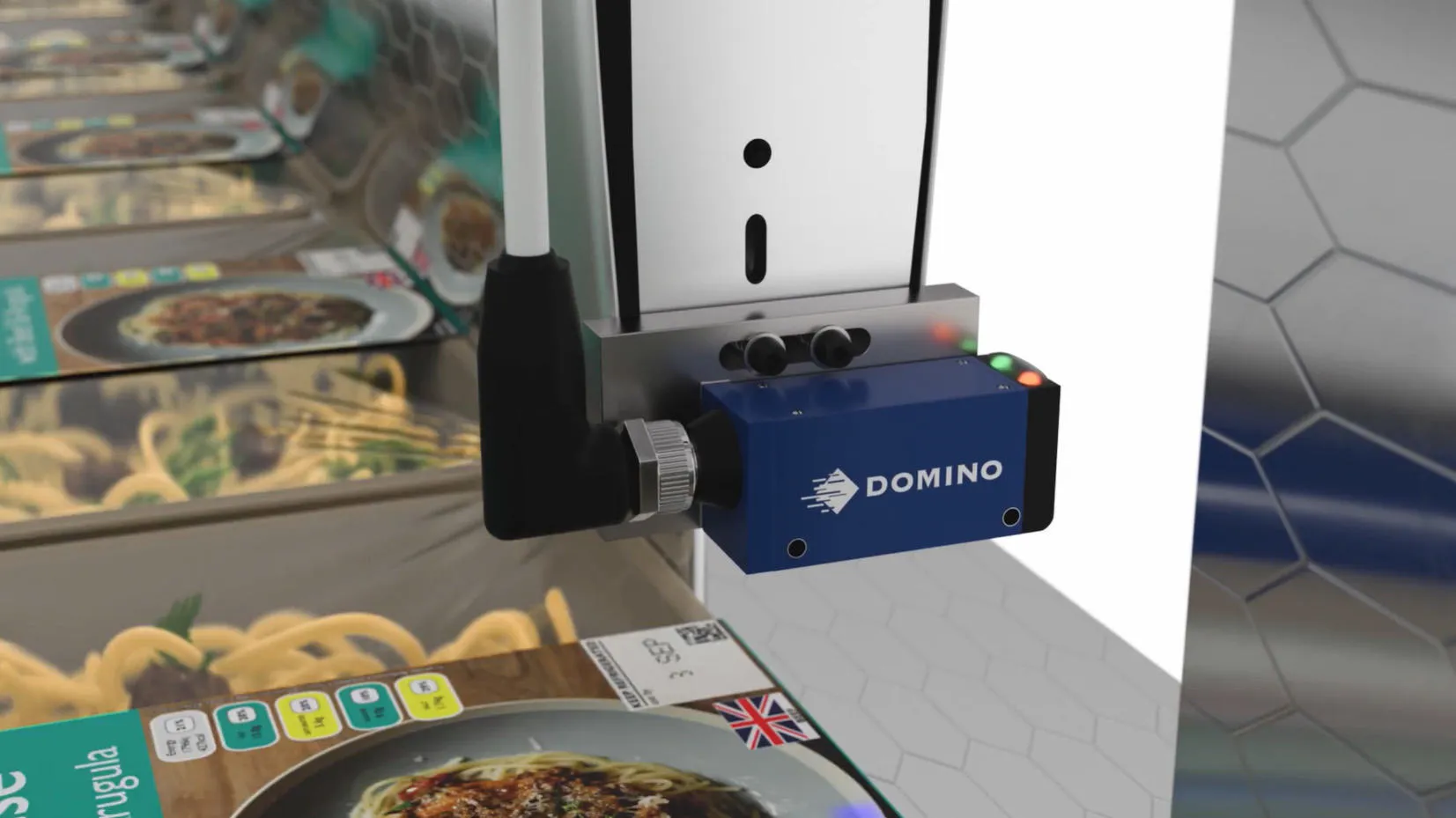Food production has come a long way from its unregulated early days, with an ever-growing requirement to keep consumers safe. Regulations constantly evolve and new ones appear that must be adhered to, ensuring food is safe for consumption, essential information (and ever more of it) is able to be communicated clearly, and that the food manufacturer is certified to the required statutory and regulatory requirements.
Alongside these safety and compliance requirements, market conditions demand an ever-increasing focus on productivity and efficiency, as well as sustainability within food manufacturing and packaging. Not only does this mean a greater focus on waste reduction throughout the entire supply chain lifecycle; sustainability also impacts the materials food manufacturers use within their packaging processes.
Within this blog, Domino outlines how these challenges are affecting coding and marking within the specific application of sleeved food products – and explains how Domino’s latest Sleeve Detection Coding Solution can help overcome them.
Coding for food manufacturing

Coding and marking is an essential part of food packaging. From basic information such as ‘best before’ or ‘use by’ dates, to the wealth of information (provenance; traceability; even marketing campaigns) that can be encoded within a 2D Code, coding and marking is key to consumer safety, regulatory compliance, and demonstrability of a manufacturer’s sustainability measures.
Conversely, the impact of coding errors or poorly labelled products can be immense. The end consumer may not be able to read critical product information, choose a different brand on the shelf, or consume incorrectly and unsafely. For the retailer, such errors can lead to supply chain waste due to rejection of poor quality products, cost implications, and lost revenue. Additionally, for the manufacturer there can be brand reputational damage that could affect customer loyalty and future tenders, as well as wastage through productivity and downtime inefficiencies - reworks, frustrated staff, loss of profitability and shareholder value.
Clearly, getting codes on to food products clearly and accurately is imperative; yet, given the nature of certain types of packaging materials and shapes, this may not always be straightforward when applying to a food production line.
Product handling and “print drift”

As we explained in a previous article, product and packaging handling can have a large impact on print accuracy. Product handling or the ‘presentation of the product’ to the coding device is fundamental to achieving high-quality codes. Manufacturers that choose to code products in-line without effective product handling may be subject to production line variations which can affect final code quality, such as, but not limited to:
- Product position: Small variations in the position of products may result in codes applied in the wrong area, or missing or incomplete codes.
- Product angle: A slight rotation in product positioning, even if this is by just a few degrees, can result in deformed codes.
- Challenging product geometry: Certain packaging types can be a challenge for a standard coding setup.
These variations become particularly relevant to food manufacturing with the application of product codes to food sleeve packaging, due to what can be described as “print drift”.
Drift is the difference between where an image or code is printed, and how accurate that is to the intended location of the print. As packaging moves across a production line this can cause issues with print position, especially when coding onto sleeve products where the sleeve isn’t accurately positioned each time. Even small variations of 5-10mm can cause issues, which may lead to coding errors as outlined above. Most products with sleeves tend to have short shelf lives and time critical delivery, so incorrectly marked products are most likely scrapped - at a cost to the manufacturer.
Historically, print drift when coding onto sleeves has been managed by using UV sensors to establish a standard reference or distinct, repeatable mark on the product to trigger printing. However, with UV cured inks being increasingly phased out of use in sustainable packaging, this method has become considerably less reliable, which has necessitated having a line operator check every product and ensure the code is present and in the right position. This creates a window for human error and requires investment in (or reallocation of) valuable human resource and time, something which goes against manufacturers’ productivity and efficiency objectives.

Sleeve Detection Coding

Domino's Sleeve Detection Coding Solution is designed for customers who are using thermal Inkjet (TIJ) and continuous inkjet (CIJ) printers to code onto any watchstrap or sleeve packaged products.
The solution is a sensor that identifies a unique part of the packaging or sleeve onto which we must print and uses that as the trigger. This removes the requirement to trigger from the product, instead using the variably located sleeve.
The increased automation removes the need for manufacturers to deploy workforce to check code position, which has cost and accuracy limitations. It eliminates the need for re-work as the code will be printed in the correct location, as well as removing the challenge of variations in sleeve position on a product. The solution improves line Overall Equipment Effectiveness (OEE) and lowers running costs by reducing misprints and operator interactions.
Alongside the Sleeve Detection Coding Solution, Domino also provides a vision code inspection system: the R-Series, which helps to:
- Ensure readability of every code
- Avoid regulatory / retailer penalties
- Avoid potential costs associated with scrap and recalls
- Eradicate costly manual inspections
Conclusion
There are numerous challenges facing food manufacturers today – from supply chain issues, labour availability, consumer safety and regulatory compliance requirements, to increased demand to adopt sustainable processes and materials – all of which ultimately place ever more importance on the quality of the code.
Domino has solutions for manufacturers that can reduce waste, cost and effort; this latest innovation is one that enables them to print more accurately and overcome potential packaging movement/drift.